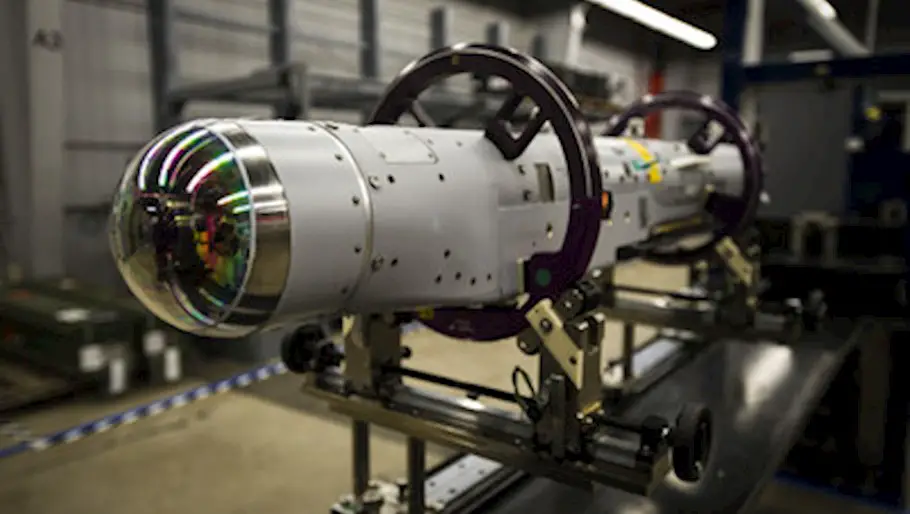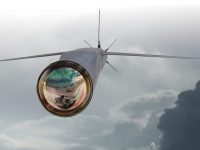Raytheon Missiles & Defense, a Raytheon Technologies business, completed the first guided release of a GBU-53/B StormBreaker smart weapon from an F/A-18E/F Super Hornet, which will become the second fighter jet to add the weapon when the program reaches initial operational capability later this year. During the U.S. Navy flight test, StormBreaker safely separated from the jet and successfully received guidance data from the plane, enabling it to be directed to its target while in flight. StormBreaker features a revolutionary tri-mode seeker that uses imaging infrared and millimeter wave radar in its normal mode. The weapon can also deploy its semi-active laser or GPS guidance to hit targets.
The GBU-53/B StormBreaker, previously known as the Small Diameter Bomb II, is an American air-launched, precision-guided glide bomb. Development was started in 2006 for a 250 pounds (113 kg) class bomb that can identify and strike mobile targets from standoff distances in all weather conditions. It will be integrated on the McDonnell Douglas F-15E Strike Eagle, F/A-18 Hornet and F-35 Lightning fighters. Its first flight was announced on May 1, 2009. A contract to start low-rate production LRIP was awarded to Raytheon in June 2015. A Boeing/Lockheed Martin team attempted to develop it but lost in a U.S. Air Force competition.

The bomb can use GPS/INS to guide itself into the general vicinity of a moving target during the initial search phase, with course correction updates provided using a Link 16 over UHF data link. The bomb has three modes of target acquisition: millimeter-wave radar, infrared homing using an uncooled imaging seeker, and semi-active laser homing. The weapon is capable of fusing the information from the sensors to classify the target and can prioritize certain types of targets as desired when used in semi-autonomous mode. The shaped charge warhead in the bomb has both blast and fragmentation effects, which makes it effective against infantry, armor (including MBTs), unhardened structures and buildings.
The use of uncooled imaging infrared has been cited as innovative and effective in reducing costs. An important feature of the new weapon is the maximization of the number of the bombs carried by the strike aircraft. A total of 28 GBU-53/B can be carried by the F-15E Strike Eagle utilizing 7 BRU-61/A suspension units, each carrying 4 bombs, and eight bombs along with two AIM-120 AMRAAM missiles in the weapons bay of the F-22 Raptor or the F-35 Lightning II (even the STOVL F-35B). The SDB II bomb rack originally did not fit inside the smaller F-35B weapons bay. A modification will be provided to coincide with the software package. An F-35 can carry 24 total bombs, eight internally and 16 externally.
